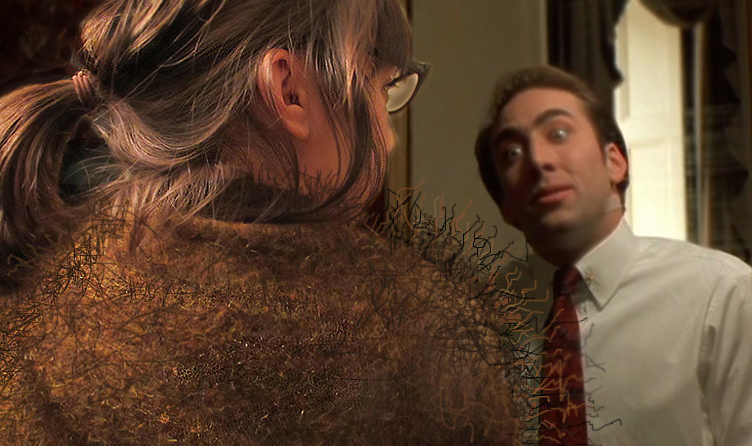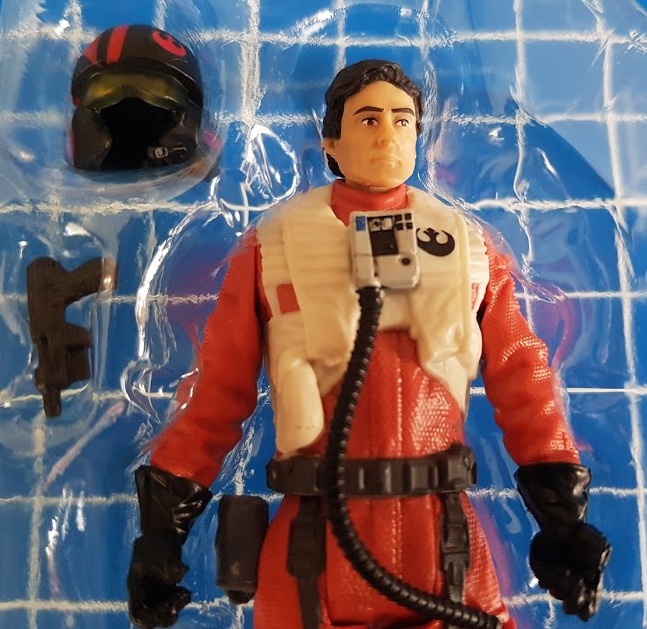


Shoulder pain that can be a persistent dull ache or a sharp pain deep in your shoulder.This tear is usually seen in people age 40 and older. SLAP tears can simply happen as your labrum wears out over time. SLAP tears can happen if you try to block a fall with your outstretched arm or you use abrupt jerking movements to lift heavy objects. Chronic injury is the most common cause of a SLAP tear. Playing baseball or softball, swimming or lifting weights are common causes for SLAP tears. SLAP tears can happen over time in people who play sports or do exercise that requires lots of overhead motion. It can take up to six months to a year to recover from a SLAP tear. How long does it take to recover from a SLAP tear? Left untreated, SLAP tear symptoms may get worse, causing chronic shoulder pain and decreasing your ability to use your arm and shoulder. What happens if a SLAP tear goes untreated? Some SLAP tears can be treated with rest and physical therapy, but some may require surgery. Your labrum can be torn by an injury or simply over time as you age. SLAP tears are common injuries for people who play sports. There are several ways to tear your labrum. As a result, your shoulder hurts and feels unstable. When this part of your labrum tears, your upper arm bone loses its cushion and your bicep tendon loses its connection to your shoulder blade socket. The S in SLAP refers to the top of your labrum.

Second, your labrum is a connection point between your shoulder blade socket and one of your bicep tendons. This cushion helps your upper arm bone stay where it belongs – cradled in your shoulder socket. First, your labrum is a cushion for the top part of your upper arm bone. Your labrum plays two important roles in keeping your shoulder functioning and pain free. The L in SLAP refers to your glenoid labrum. Superior Labrum, Anterior to Posterior tears (SLAP tears), also known as labrum tears, represent 4% to 8% of all shoulder injuries. At any point in time, 25% of adults will deal with shoulder pain due to injury or overuse.


 0 kommentar(er)
0 kommentar(er)
